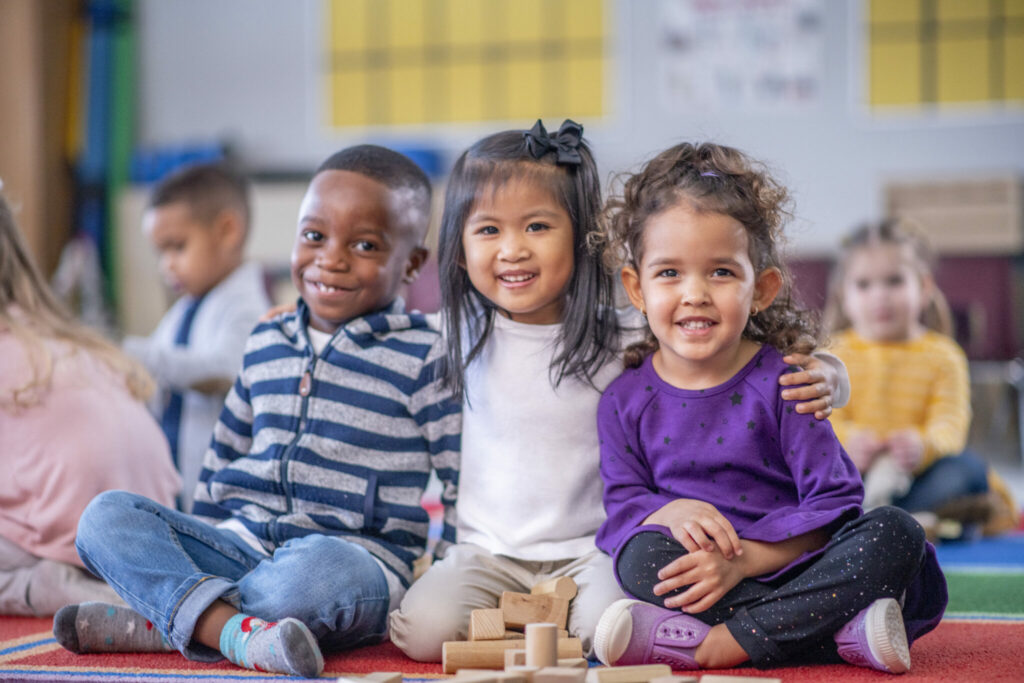Lincoln Public Schools uses the Second Step program for our preschool and elementary students. Second Step is a research-based Social Emotional Learning (SEL) curriculum used in districts nationwide.
Lessons include skills for learning, empathy, emotion management and friendship skills. Lessons are taught daily in every LPS preschool classroom.
Elementary lessons include growth mindset, goal setting, emotion management, problem solving, and kindness and empathy.
Lessons about bullying prevention and safety are also taught.
Our goal is to aid students in developing these skills and promote academic success, while creating safe and respectful learning environments for all students.
Bully Prevention Unit
During the Bullying Prevention unit, your child will learn specific skills to help prevent and stop bullying.
Your child will learn how to:
- Recognize when bullying is happening
- Report bullying to a caring adult
- Refuse to let bullying happen to themselves or others
- Be a bystander who stands up and is part of the solution to bullying
These lessons are taught to students in grades K through 5 during the first quarter.
Child Protection Unit
In the Child Protection unit, students will learn specific skills to help keep them safe.
Your child will learn how to:
- Recognize ways to stay safe
- Ask for permission from adults before doing certain tasks
- Identify safe and unsafe touches on their body
- Speak up when they feel unsafe
These lessons are taught to students in grades PreK through 1 during the second quarter.
Questions?
Preschool
Contact Angie Battles, Early Childhood Social Worker at abattles@lps.org
Elementary
Contact Carrie Erks LPS School Social Worker at cerks@lps.org.

